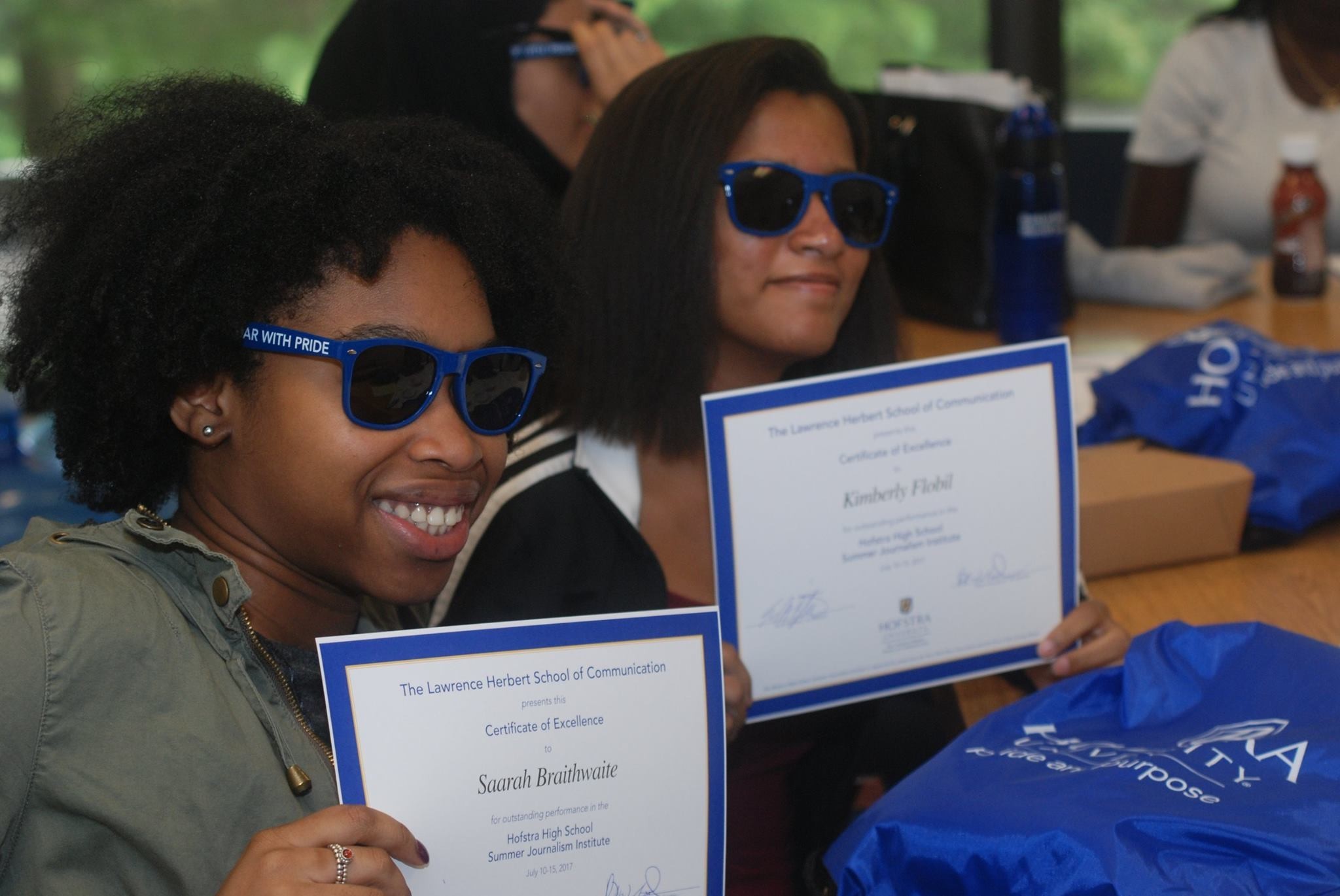'Converging Voices': Seen but not seen at Hofstra Museum exhibit
Posted
Editor’s note: Braithwaite is a senior at Elmont High School. She wrote this review as part of Hofstra University’s recent High School Summer Journalism Institute. It is the second in a series of Institute participants’ works that the Herald will publish in the coming days and weeks.
The Hofstra University Museum exhibit, “Converging Voices: Gender and Identity,” was small, but its art was massive and beautiful. The art really resonated with me, with the theme of each piece coming together to illustrate a central message. One piece in particular connected with me deeply.
“Converging Voices” will run through Dec. 15 at Hofstra’s Emily Lowe Gallery.
Report an inappropriate comment
Comments

 47.0°,
Mostly Cloudy
47.0°,
Mostly Cloudy 




